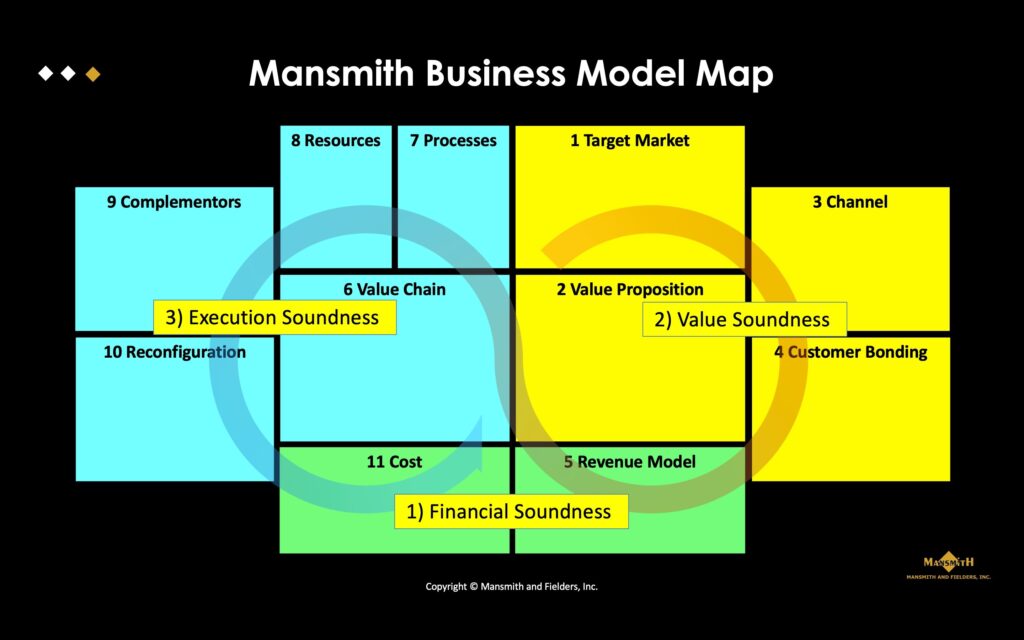
Subtraction Effect
The subtraction effect is a phenomenon where people perceive the removal of a feature or option as having a more significant impact than its addition. For example, consider fast food chains that used to provide sauce for their chicken but saw a drop in customer satisfaction ratings when they started charging for extra sauce. As a result, they had to backtrack and offer unlimited free sauce again, which they must replenish periodically on demand. On the other hand, Chooks-to-Go, a chicken brand, never offered free sauce from the beginning. Despite this, they successfully expanded, even using the promotional tagline “Masarap Kahit Walang Sauce” (delicious even without sauce) in the past. Customers found value in the simplicity of their offer. This demonstrates that customers are not averse to the subtraction effect if certain features were not offered from the beginning. The successful market penetration of over 2,000 rotisserie chicken chains, despite the subtraction of sauce, showcases elements of innovation (start doing vs. stop doing), which contributed to Bounty and its CEO Ronald Mascariñas winning the 2nd Mansmith Innovation Awards in 2022.
Bounty, along with its cooked chicken brands Chooks-to-Go and Uling Roasters, implemented another subtraction effect by eliminating a particular practice from their operating model: the use of antibiotics. Antibiotic resistance is a growing public health concern worldwide, and there is increasing awareness of the overuse of antibiotics in livestock farming, which impacts human health. Bounty and its retail brands introduced the market to the first all-natural, zero-antibiotics chicken using non-antibiotic ever (NAE) chicken technology. This differentiation has made Bounty, Chooks-to-Go, and Uling Roasters the preferred choice for families seeking healthier and safer food options.
“Less is more” is a popular saying that entrepreneurs need to internalize. In a mentoring session at the Day 8 Business Academy for SMEs, the social enterprise division of Mansmith and Fielders, I advised a restaurant owner, who was on the brink of closure, to drastically reduce their menu items to just five. This change aimed to streamline operations and better cater to their target customers. The restaurant, located beside a hospital, mainly served hospital companions who were not regular customers. Despite offering an extensive menu, they had more food items than seats, resulting in unused ingredients and longer order times. They were advised to categorize their menu into soups, main courses, and desserts, rather than listing them all as main items, without a transaction-building plan. This strategy proved successful; new customers did not perceive any subtraction effect, and instead of shutting down, the restaurant owners decided to expand to another branch after turning their business around.
Strategic Trade-offs:
A strategic trade-off refers to the decision-making process in which a business or organization prioritizes one course of action over another, recognizing that each option comes with its own advantages and disadvantages. This involves weighing the benefits and drawbacks of different choices and making a conscious decision to prioritize one aspect over another. There are strategic trade-offs in deciding which opportunities to pursue. Some entrepreneurs simply follow the crowd without understanding the underlying reasons—a phenomenon known as the Law of Foolish Fellowship.
Strategic trade-offs offer several benefits:
- Resource allocation: By identifying and stopping activities that do not create value for consumers and the company, firms can reallocate resources to areas they want to emphasize or prioritize.
- Differentiation: Firms can create a unique selling proposition by being different in a different way, resulting in a more sustainable competitive advantage.
- Cost management: Stopping existing practices can lower costs, enabling firms to improve profits, reduce prices, or reallocate resources to newer initiatives.
- Streamlined operations: By discontinuing low-value activities, companies can optimize their processes to improve performance.
Subtraction Neglect:
Subtraction neglect, as a cognitive bias, refers to the tendency to underestimate the impact of subtracting elements from a situation.
Many companies tend to continuously add new features without considering the consequences, eventually creating a ‘more for less’ value proposition. However, when asked to remove existing features, they struggle, often citing customer satisfaction as an excuse. This behavior stems from subtraction neglect, as they fail to manage customer expectations effectively.
However, there are exceptions—courageous innovators who challenge industry assumptions. Examples include Chooks-to-Go’s no sauce policy, Union Bank’s decision to refrain from physical branch expansion, and GCash’s emphasis on digital transactions over traditional telco revenue. Internationally, Apple’s limited SKU strategy and Netflix’s elimination of late fees for DVD rentals exemplify the subtraction effect.
Perhaps it’s human nature to accumulate rather than remove, as evidenced by our tendency to fill our wardrobes with clothes.
***
Josiah Go is the chair and chief innovation strategist of Mansmith and Fielders Inc. His Game-Changing Strategies seminar will commence starting July 18, 2024. Enroll via www.mansmith.net. The search for the 4th Mansmith Innovation Awards is ongoing; visit www.mansmithinnovation.com/ for details


